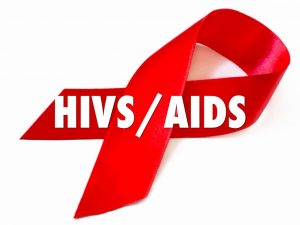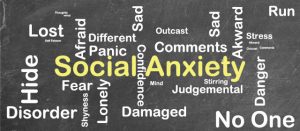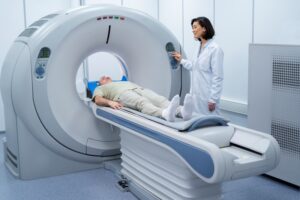
Polio or poliomyelitis is a deadly infectious disease caused by a virus. The virus enters the body through the mouth, generally from hands contaminated with the feces of a person infected with the virus and attacks the nervous system. It is mostly children under the age of 5 years who could contract the disease.
The disease takes three forms, namely abortive polio, non paralytic polio and paralytic polio. In Abortive polio flulike symptoms like general malaise, sore throat, fever and infection of the upper respiratory system are experienced.
In the case of nonparalytic polio, symptoms like stiffness in neck and sensitivity to light is experienced. In Paralytic polio, symptoms include paralysis and loss of control and reflexes of muscles responsible for controlling breathing.
In 1953 the polio vaccine was developed and made available in the year 1957 after which there has been a drop in polio cases. In the developed world, polio is under control, as of today. However the disease still persists in Nigeria, Pakistan and Afghanistan.
What is the cause of polio?
Symptoms of non paralytic polio include meningitis, fever, fatigue, sore throat, vomiting and headache.
Paralytic polio leads to paralysis of the spinal cord, deformed feet, ankles, hips and limbs, permanent, temporary or sudden paralysis, floppy and loose limbs, muscle pain, severe spasms and loss of reflexes.
If the virus attacks muscles used for breathing, it can even cause death. Even after recovery, polio disease can return, after 15-40 years also.
Diagnosis is done by physical examination, checking symptoms, testing a sample of cerebrospinal fluid, stools or throat.
Who is at risk of getting polio?
Polio cannot be cured by treated but prevented with vaccinations. Supportive treatments commonly administered include portable ventilators to enable better breathing, bed rest, antibiotics, painkillers, physical therapy, antispasmodic drugs, pulmonary rehabilitation and using warm towels and heating pads to ease spasms and muscle aches.
A mobile device or wheelchair is needed in case of leg weakness in advanced cases.
Getting the vaccination is the best way to prevent Polio. Polio shots are usually given to children as per the vaccination schedule to prevent it.








